Chief Architect Software: Pros and Cons
If you work as a rendering artist or a designer in the construction industry, you’ll already have had at least a few discussions about the software you should be using for rendering. One software that is oft mentioned in these discussions is Chief Architect software.
What are the pros and cons of this well-established rendering software? Today, we’ll cover that so you can get some clarity on the matter.
Table of Contents:
Introduction
Chief Architect is a software for creating 3D models and drafting drawings, specially geared towards residential projects. Along with this software, users leverage Building Information Modeling (BIM) and AutoCAD to develop detailed images.
It contains automated tools for kitchen & bath design, home design, and interior design, which makes it easy for users to develop elevations, construction drawings, 3D models and CAD details.
The software is especially useful for architects, remodeling professionals, kitchen & bath designers, interior designers, and homebuilders. In terms of projects, it is geared towards:
- Remodeling
- 2D/3D residential rendering
- Light commercial projects
The software does require devices with higher memory and processing power, as it is a fairly intensive program. It may hence be a drawback for companies or individuals that do not widely use Windows or Mac desktop computers.
Main Features of Chief Architect Software
Some of the main features of Chief Architect software are as follows:
- Catalog & library
- Layouts & plans
- 3D visualization & rendering
- Cost estimates & materials list
- HVAC, electrical, lighting
- CAD tools
- Dimensions & layers
- File export & import
- Doors & windows
- Terrain & landscape
- Foundations
- Elevations & cross sections
- Ramps & stairs
Pros & Cons of Chief Architect Software
Pros
- Customer Service: The customer support is one of the biggest merits of CA. The in-depth knowledge base is full of videos and tutorial articles, as well as a forum for discussions and resolving issues. Users with an active Support and Software Assurance can get live phone support as well.
- Detailed Technical Approach: For architects or those working closely with architects, this could be a great choice.
- Customizable Line Types & Views: Your rendering is customizable – you can even make it look like it was done in watercolor markers.
- Multiple Drawing Views: Many options, such as vector views, technical illustrations, artistic renderings (including sketch and watercolor), and glass house view.
- No Plug-in Requirements: You do not need plug-ins for CA, as drawing views, finish options, etc., are all there from the start.
- Toggles: You can toggle between design renderings & elevations. Hence, you can easily work on the same drawing with clients as well as contractors.
- Strong Choice for Floor Plans: The Chief Architect is a stronger choice than many other software when it comes to floor plans. Your process is streamlined via snap-on joining and fast click-and-drag sectioning. A basic layout can be automatically converted to 2D and 3D floor plans. You can also trace over existing floor plan imports.
- Interiors Only Version: An interiors-only version of CA is available at a lower price for individual designers who wish to keep their expenses low.
Cons
- Somewhat Steep Learning Curve: While not everyone finds this program difficult to learn or use, many people do. This is why some recommend that designers or people unfamiliar with 3D modeling software use alternatives such as Home Designer.
- Extra Costs: You need to pay extra for a tutorial and reference material.
- Desktop Rendering: CA can only render on desktops, which may deter some architects and designers.
- Roofing Feature Issues: Many users have reported that roofs do not always render correctly in the software, and that the roofing features have room for improvement.
Chief Architect vs Revit
Autodesk Revit is that one software that almost always comes up when it comes to rendering and drafting. To clarify further the utility of the Chief Architect, let’s outline some basic comparisons.
- Unlike the Chief Architect price, which involves a one-time purchase, Revit requires an annual subscription.
- As they are both meant for the construction industry, they can quickly create projects. The applications include commands for creating objects such as walls, doors and windows.
- Both allow you to switch from 2D to 3D view.
- CA has a slight advantage over Revit when it comes to its libraries, which include bath & kitchen products that can be quickly imported into a design. However, note that more and more manufacturers are providing their product offerings in Revit format.
- Revit is highly used in BIM and offers more collaboration than CA.
We hope that this article has given you an insight into the pros and cons of Chief Architect software. However, it is important to remember that, ultimately, the “best” software will depend on your skillet, budget, and project goals.
With BluEntCAD’s architectural drafting services, you won’t have to worry about the best option for your project. We have expertise not just in Chief Architect rendering and drafting but also in Revit, SolidWorks, and more.
We serve home builders, real estate developers, large architectural and engineering companies, custom home designers, and new home designers. Browse our portfolio to see how we’ve helped companies like yours.
Ready to make your next design or construction project a success with CAD drafting services? Contact us now!













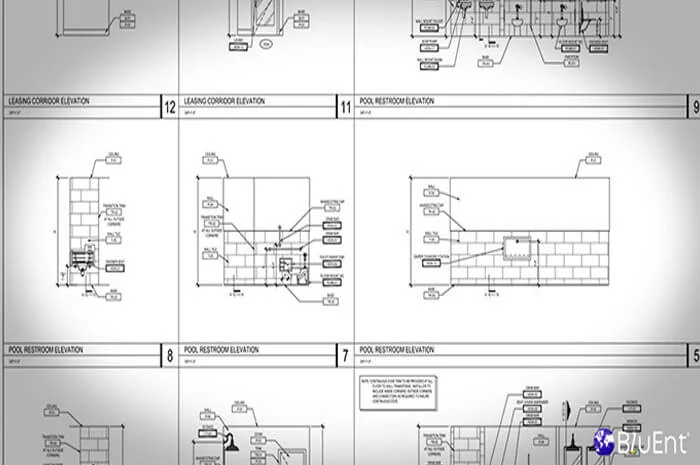

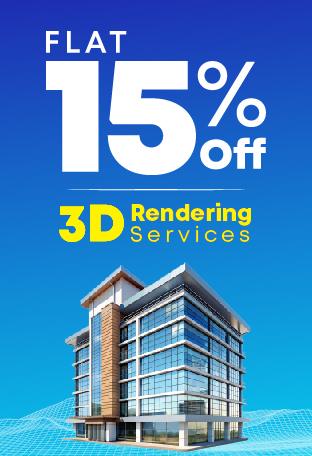


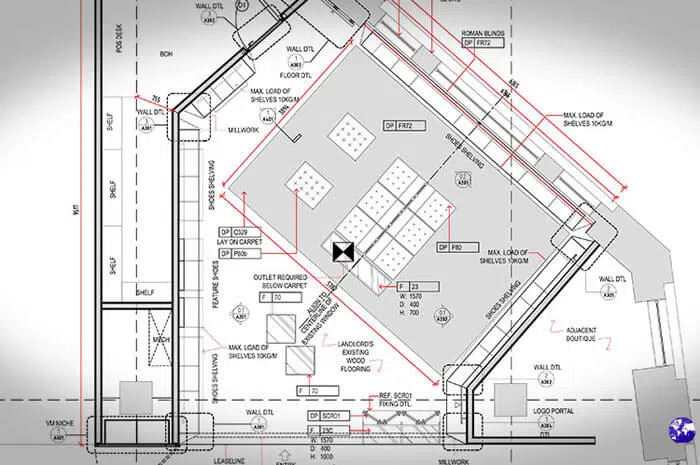 Types of Architectural Drafting You Need to Know
Types of Architectural Drafting You Need to Know 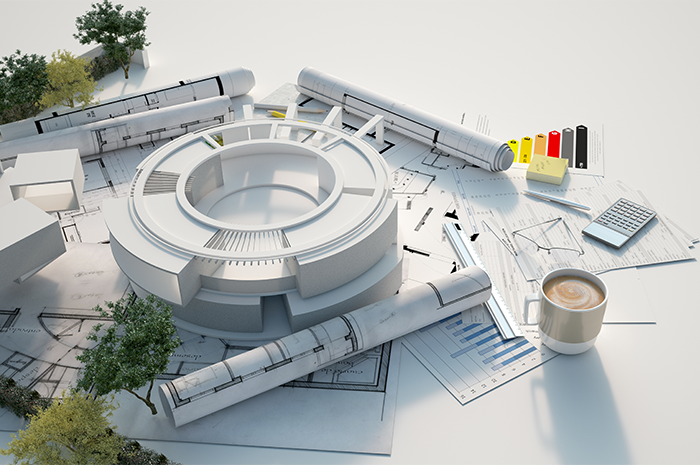 Revit vs AutoCAD: Pros & Cons for Architectural Visualization
Revit vs AutoCAD: Pros & Cons for Architectural Visualization 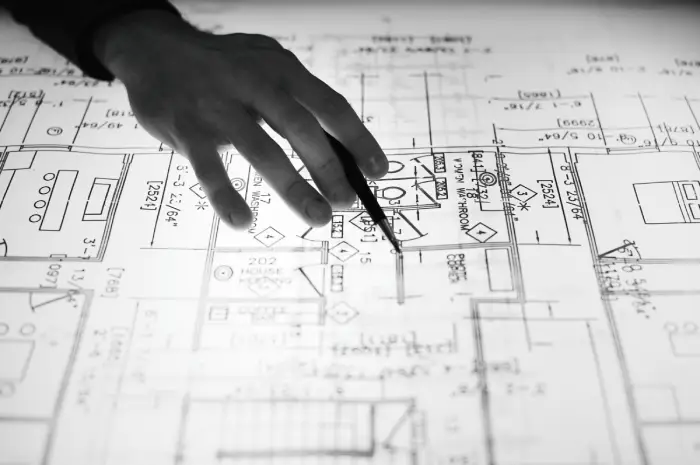 Importance of CAD Drafting Standards in Architectural Business
Importance of CAD Drafting Standards in Architectural Business 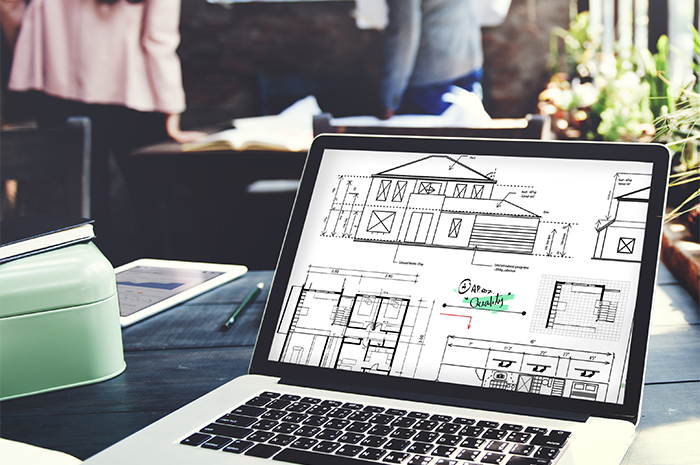 The Crucial Role of CAD Drawing and Rendering In Modern Architecture
The Crucial Role of CAD Drawing and Rendering In Modern Architecture